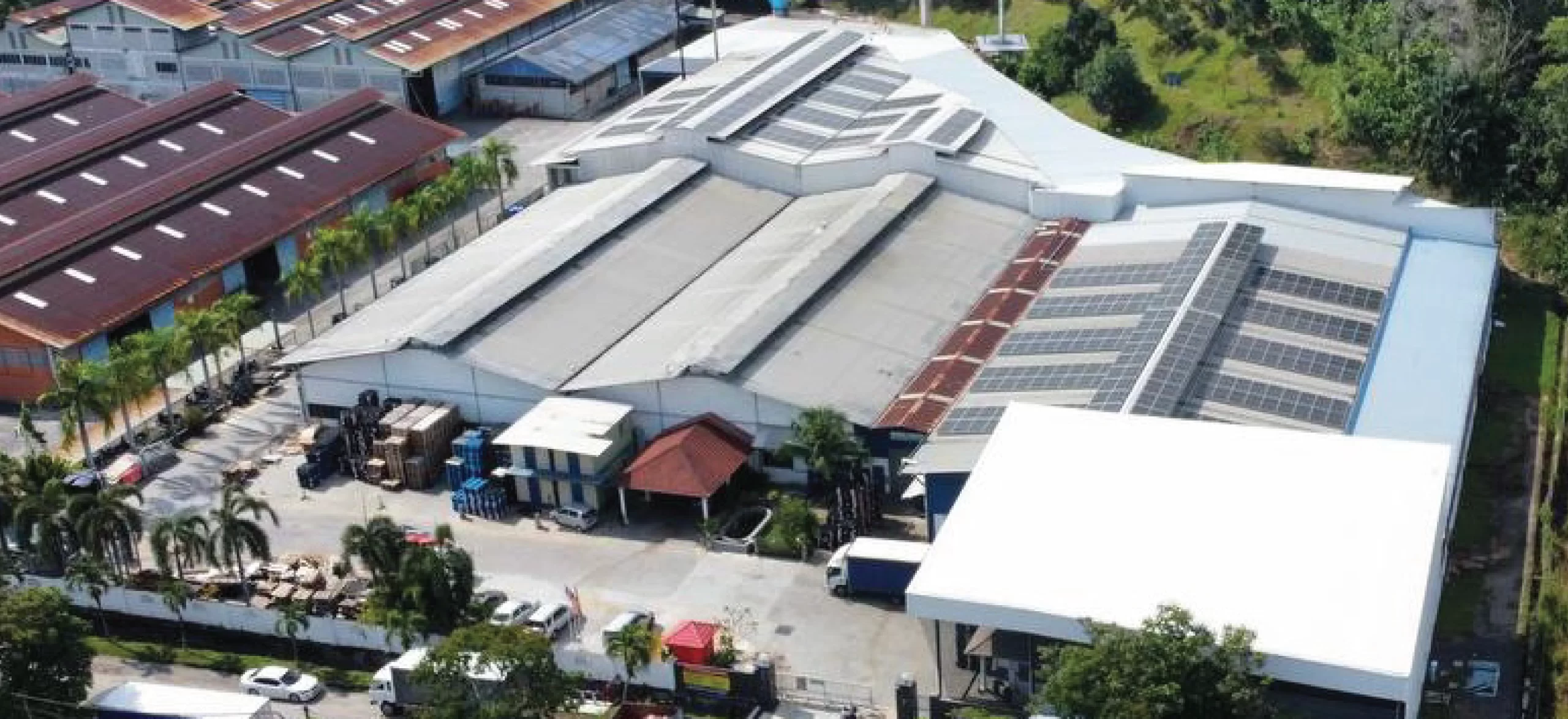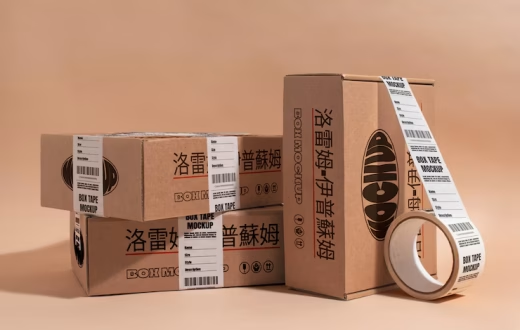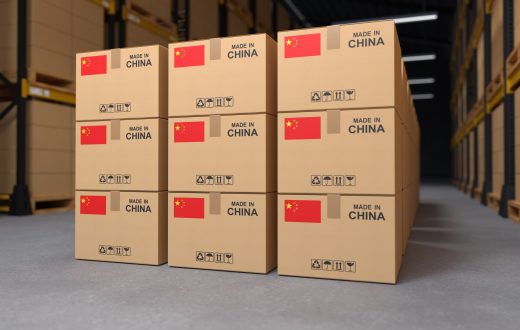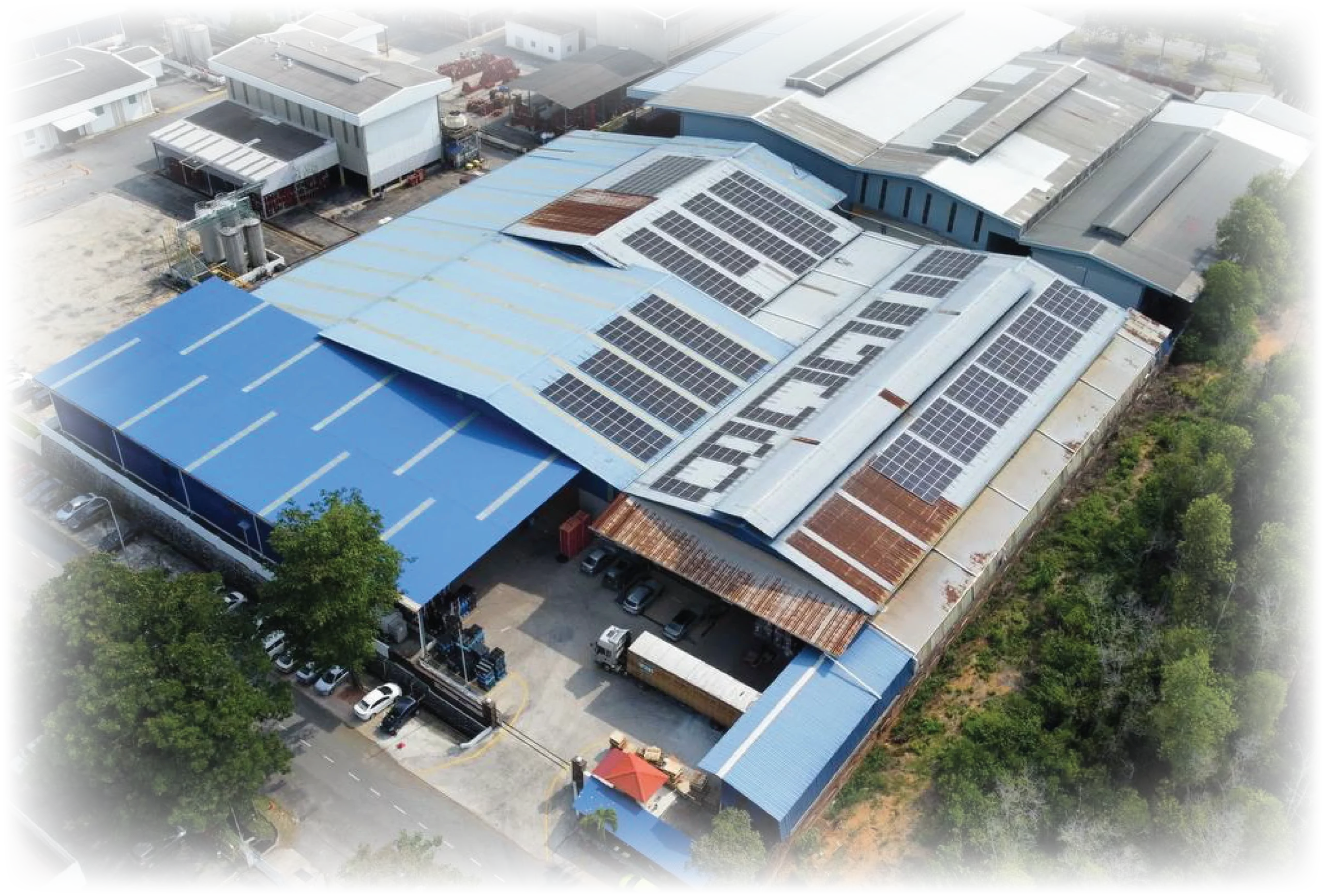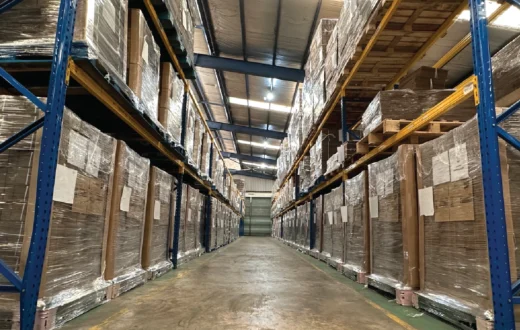In the journey to sustainable packaging that leaves zero waste behind, businesses are increasingly turning their attention to innovative solutions. As environmental consciousness grows, the need for a greener future becomes highly important.
In this article, we explore the potential of cardboard boxes, particularly corrugated cardboard boxes, in revolutionizing the zero-waste packaging scenario.
Evolution of Cardboard Boxes
The evolution of cardboard boxes demonstrates their adaptability and reliability in modern packaging. Initially, these boxes were simple containers crafted from paperboard. However, the introduction of corrugated board transformed the landscape.
Corrugated board, composed of fluted layers between sturdy liners, fortified the humble cardboard box, enhancing its strength and resilience. This innovation revolutionized packaging across industries, offering a cost-effective, lightweight solution for transporting goods while ensuring adequate protection.
The versatility of corrugated board enabled the development of various box types, catering to diverse needs—from shipping delicate items to providing secure packaging for heavy or bulky products.
Malaysia’s Role in Cardboard Box Innovation
Malaysia, a key player in the global market, has embraced the cardboard box revolution. With a thriving industry dedicated to sustainable packaging solutions, Malaysia has become a hub for corrugated box manufacturing.
The country’s commitment to eco-friendly practices has paved the way for innovative developments in cardboard box technology.
Advantages of Cardboard Boxes
Cardboard boxes offer numerous advantages, making them an appealing choice for eco-conscious businesses and consumers alike. They are lightweight, versatile, and easily recyclable, contributing significantly to waste reduction.
Their durability ensures product protection during transit, reducing the likelihood of damage and minimizing the need for excess packaging.
1. Environmental Impact
One of the primary drivers of cardboard box adoption is its minimal environmental impact. Unlike traditional packaging materials that contribute to pollution and landfill accumulation, cardboard boxes are biodegradable and recyclable.
They can be repurposed or recycled into new boxes or paper products, significantly reducing the carbon footprint.
2. Innovations in Cardboard Box Design
The evolution of cardboard boxes goes beyond their conventional use. Innovative designs and advancements in corrugated board technology have led to the development of boxes tailored to specific needs.
From temperature-controlled packaging for perishable goods to custom-shaped boxes optimized for efficient storage and shipping, the versatility of cardboard boxes knows no bounds.
3. Role in Zero-Waste Initiatives
The cardboard box’s journey aligns seamlessly with global zero-waste initiatives. Its recyclability and biodegradability make it an important player in reducing waste generation.
By opting for cardboard packaging, businesses contribute directly to sustainable practices, fostering a circular economy where materials are reused and repurposed.
Challenges and Solutions
While cardboard boxes present numerous benefits, there are also challenges. Issues regarding moisture resistance and the perception of cardboard as less durable compared to traditional materials remain.
However, ongoing research and technological innovations address these concerns, with the development of moisture-resistant coatings and stronger corrugated board compositions. The following are some of the challenges and solutions of cardboard boxes.
1. Consumer Perception and Adoption
Consumer perception plays a crucial role in the widespread adoption of cardboard boxes. Educating consumers about the benefits of cardboard packaging, its recyclability, and its positive environmental impact is essential.
Encouraging conscious consumption and emphasizing the role of packaging in reducing environmental harm can drive consumer preference towards sustainable options.
2. Collaborative Efforts and Regulations
The transition towards cardboard boxes as a primary packaging solution requires collaborative efforts among stakeholders. Governments, industries, and consumers need to work together to implement policies supporting sustainable practices.
Regulations promoting the use of eco-friendly packaging and incentivizing businesses that adopt sustainable alternatives are pivotal in driving this transition.
All in All
The cardboard box, once seen as a simple container, has now become a symbol of sustainability and innovation in packaging. With Malaysia at the forefront of this movement, the widespread adoption of corrugated board technology is paving the way for a future where zero-waste packaging is not just a possibility but a reality.
By adopting cardboard boxes, we take a significant step towards a greener, more sustainable world—one box at a time.



